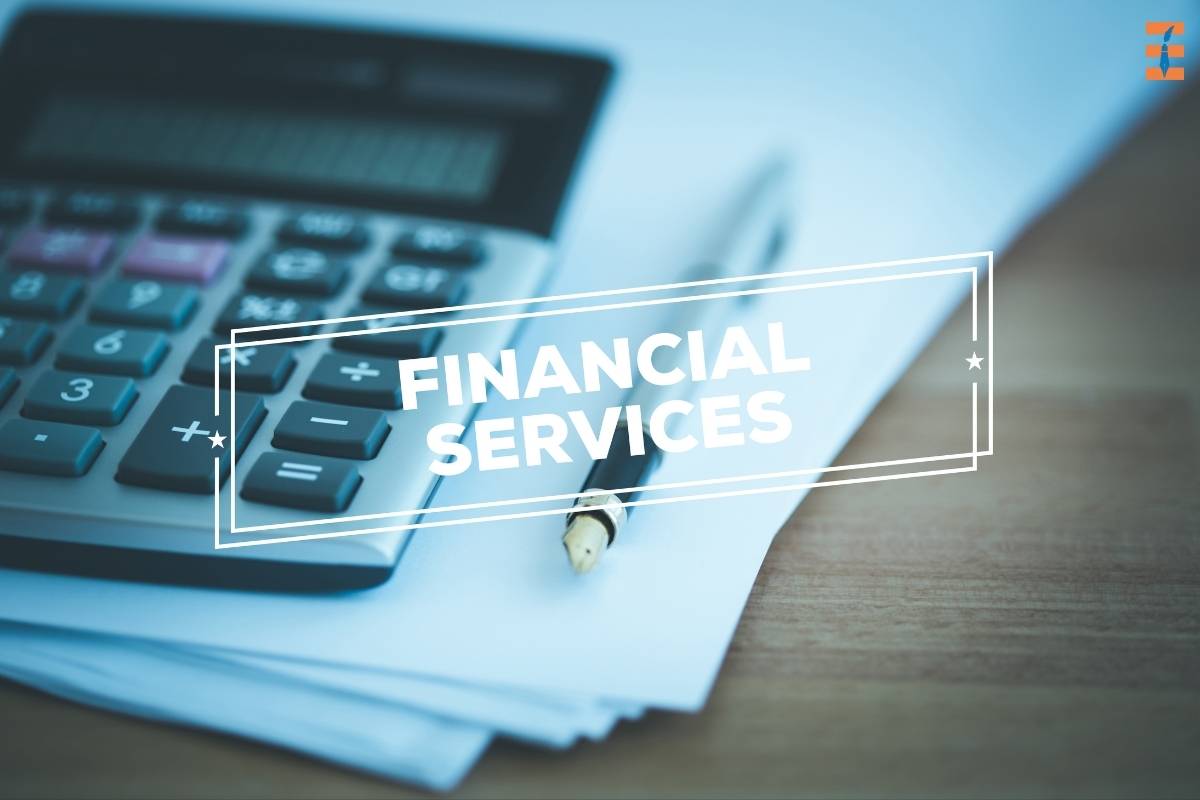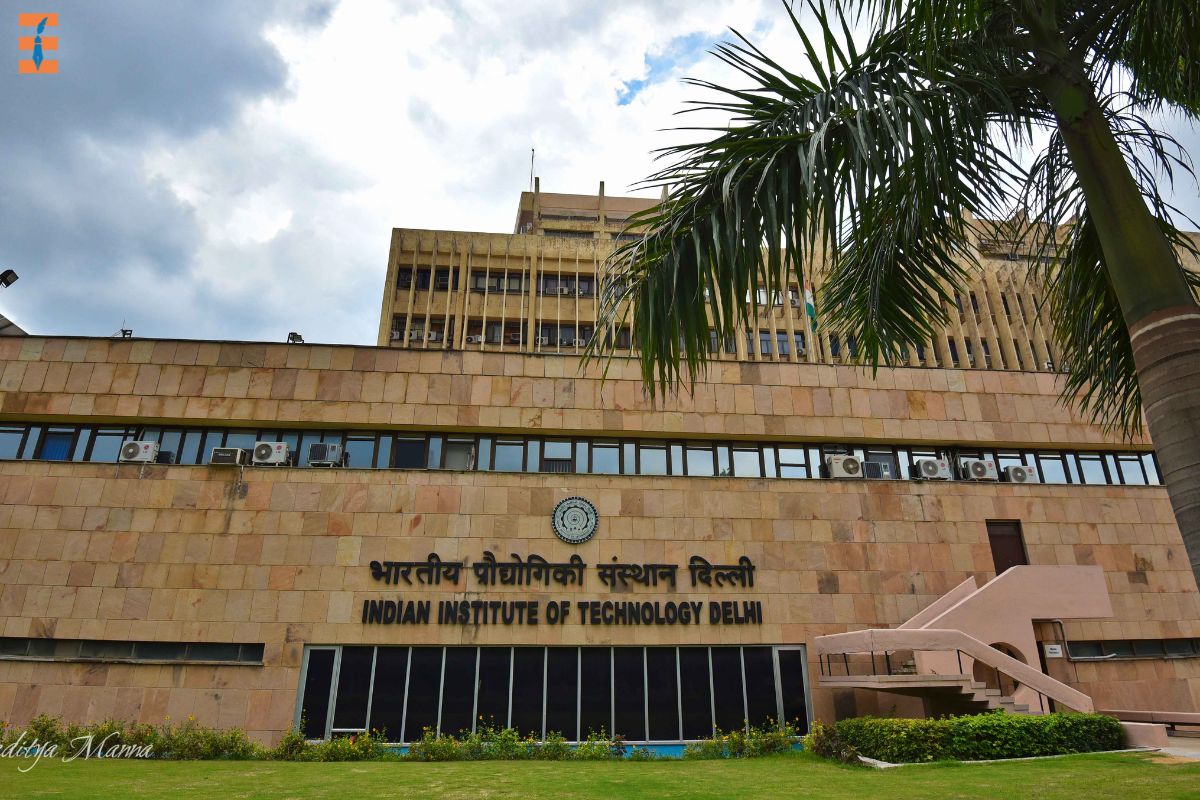In the dynamic landscape of organizational success, leadership stands as the guiding force. Effective leaders drive innovation, inspire teams, and navigate challenges with resilience. To cultivate and enhance these crucial skills, organizations invest in leadership development plans. In this comprehensive guide, we unravel the seven key steps to creating a successful leadership development plan, exploring examples and applications that illuminate the path to leadership excellence.
Step 1: Assessing Leadership Needs
The journey to effective leadership commences with a thorough assessment of organizational and individual leadership needs. Conducting a comprehensive analysis involves evaluating current leadership capabilities, identifying skill gaps, and aligning development goals with the organization’s strategic objectives.
Example: In a tech company aiming for rapid expansion, the leadership assessment reveals a need for enhanced strategic thinking and adaptability. These insights shape the leadership development plan to focus on fostering agility and forward-thinking.
Step 2: Defining Clear Objectives
Clarity in objectives is paramount for a successful leadership development plan. Define specific, measurable, achievable, relevant, and time-bound (SMART) goals. These objectives should align with the identified leadership needs and contribute to overall organizational growth.
Example: An educational institution establishes a leadership goal to increase faculty collaboration and innovation. The objective is to implement collaborative projects across departments, measured by a quantifiable increase in interdisciplinary initiatives.
Step 3: Tailoring Development Strategies
Crafting an effective leadership development plan involves tailoring strategies to address identified needs. Utilize diverse approaches such as workshops, mentoring programs, executive coaching, and experiential learning. A well-rounded strategy ensures a holistic development experience.

Example: A manufacturing company adopts a multifaceted approach, integrating leadership workshops, mentorship programs pairing experienced leaders with emerging talent, and simulations to enhance decision-making skills in high-pressure scenarios.
Step 4: Engaging Stakeholders
Successful leadership is a collaborative effort involving key stakeholders. Engage leaders, employees, and external experts to garner diverse perspectives. Collaborative input ensures a well-rounded plan that resonates with the organization’s culture and goals.
Example: A healthcare organization involves frontline staff, department heads, and external healthcare management experts in shaping its leadership development plan. The collaborative approach ensures alignment with industry best practices and frontline needs.
Step 5: Implementing Actionable Steps
Transitioning from planning to action is critical for the success of a leadership development plan. Break down the plan into actionable steps, incorporating milestones and timelines. Clear implementation strategies enhance accountability and measure progress.
Example: A retail company, aiming to enhance customer-centric leadership, implements a step-by-step plan. Actions include customer service training for leaders, regular feedback loops, and real-time application of new skills in customer interactions.
Step 6: Continuous Evaluation and Adjustment
The dynamic nature of leadership requires continuous evaluation and adjustment. Regularly assess the impact of the leadership development plan through feedback, performance metrics, and evolving organizational needs. Adjust strategies to address emerging challenges and opportunities.
Example: A financial services firm conducts quarterly evaluations of its leadership initiatives. Continuous feedback from participants and key performance indicators guide adjustments, ensuring the plan remains responsive to evolving market dynamics.
Step 7: Celebrating Success and Recognizing Growth
Acknowledging and celebrating successes is integral to sustaining momentum in leadership development. Recognize individual and collective achievements, fostering a culture of continuous learning and growth. Positive reinforcement motivates leaders to further invest in their development journey.

Example: An e-commerce giant celebrates leadership successes by highlighting impactful initiatives and recognizing leaders who demonstrate exceptional growth. This recognition creates a culture where leadership development is not just a process but an ongoing celebration of achievements.
Application in Diverse Industries
The principles of successful leadership are universally applicable but take unique forms based on industry nuances. Let’s explore how these steps manifest in diverse sectors:
1. Technology Industry:
Example: A software development company focuses on leadership by encouraging cross-functional collaboration. Hackathons, where teams work on innovative projects, become a key component of the leadership development plan, fostering creativity and teamwork.
2. Healthcare Sector:
Example: In a hospital setting, leadership emphasizes empathetic leadership. Programs include shadowing experienced healthcare leaders, simulation exercises for crisis management, and workshops on fostering a compassionate organizational culture.
3. Manufacturing Environment:
Example: A manufacturing plant invests in leadership by implementing lean management principles. Leaders participate in workshops on waste reduction, process optimization, and team empowerment to enhance their strategic decision-making skills.
4. Financial Services:

Example: A banking institution incorporates fintech trends into its leadership development plan. Leaders engage in workshops on blockchain technology, digital banking strategies, and customer-centric innovations, aligning their skills with the evolving financial landscape.
5. Education Institutions:
Example: A university prioritizes leadership by fostering a culture of research-oriented leadership. Faculty members participate in mentorship programs, collaborative research projects, and leadership forums to enhance their academic leadership skills.
Conclusion: Charting the Course for Leadership Excellence
In leadership development, organizations embark on a transformative journey. By adhering to the seven essential steps—assessing needs, defining objectives, tailoring strategies, engaging stakeholders, implementing actionable steps, continuous evaluation, and celebrating success—organizations unlock the potential for leadership excellence. Leadership is not a one-size-fits-all endeavor; it’s a bespoke journey crafted to align with organizational goals and individual aspirations. As organizations invest in developing leaders, they not only fortify their present but also lay the foundation for a resilient and thriving future. Through strategic leadership development, organizations cultivate a cadre of leaders poised to navigate complexities, inspire teams, and steer the ship toward unprecedented success.










